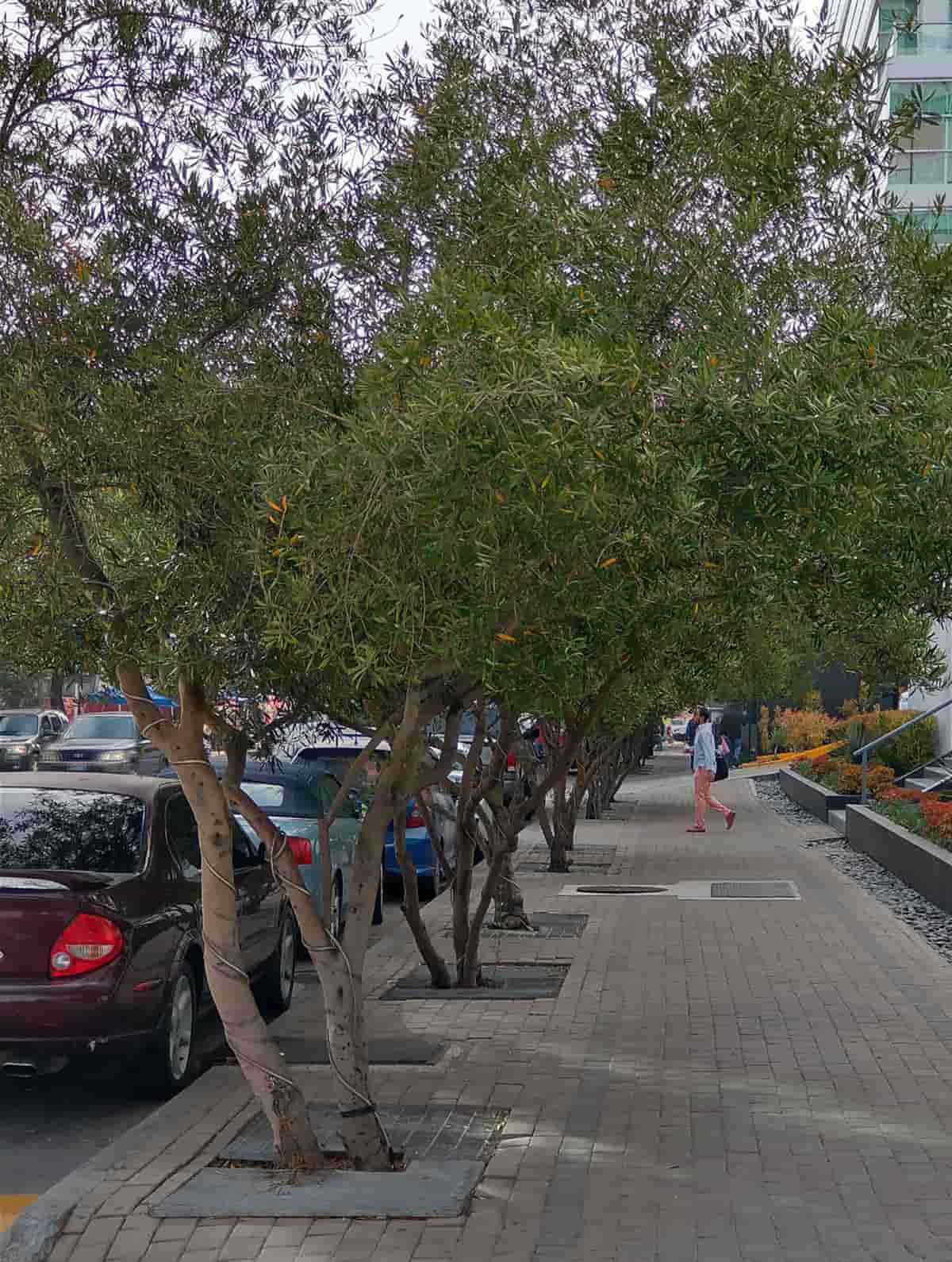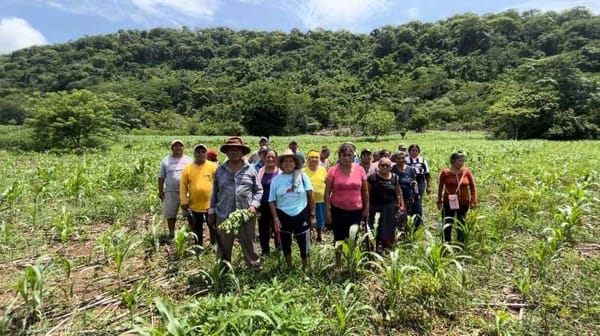It Is Urgent to Protect Biodiversity: We Are Not the Only Ones Who Inhabit the Planet
Mexico's biodiversity in its forests, jungles and other ecosystems must be protected, and why we must keep in mind that human beings are not the only ones who inhabit this planet.

70.6 percent of Mexican territory -equivalent to 138.7 million hectares approximately- is covered by temperate forests, jungles, mangroves, and arid and semi-arid ecosystems. However, from 2001 to 2018, an average of 212,70 forest hectares were lost each year, according to data from the National Forestry Commission.
On the occasion of Arbor Day, which in Mexico is commemorated on the second Thursday of July, Marcelo Rodrigo Pace, a researcher at the Institute of Biology of the UNAM, calls to protect the biodiversity that Mexico has in its forests, jungles, and other ecosystems and to keep in mind that humans are not the only ones who inhabit this planet.
"Some people think that everything is renewed and it is not so. Some things take a long time to generate and must be preserved, for example, a tree can completely change the temperature of the city or the microclimate around it, which only by filtering the sun's rays lowers the temperature and allows more water to penetrate the soil, "he explains.
Maintaining trees and forests helps prevent low-lying areas from flooding. In addition, the springs depending on the filtering of the vital liquid in the roots of the trees, so that it is preserved pure. "It is fundamental to maintain these areas with many trees to have this balance, precisely between what is necessary for us and having a much healthier environment."
The expert in the anatomical evolution of wood and bark explains that trees completely changed the evolutionary history of the Earth. The Carboniferous period -which dates back to the end of the Paleozoic era- they were a turning point because it meant having organisms of a larger size, which accumulated a large amount of biomass and carbon.
The carbon of that period was produced from these, which helped eliminate large amounts of carbon dioxide. "In the ground are the trunks of those trees, the fossil fuel we use today is part of these ancient trees," he adds.
Each tree is like an ecosystem where insects, birds, and mammals live and there are native trees such as the ahuehuete and introduced ones, such as the jacarandas.
Many of the ones we see in cities and our homes come from Asia or Africa, which have been domesticated. "They are more resistant plants that have been selected over time, for their vigor, because they produce more flowers or more fruit."
Jacarandas were introduced by a Japanese who had domesticated this species from southern Brazil and northern Argentina, but it has spread to various parts of the world, including South Africa and Australia. "It was easily domesticated, because it produces many flowers and fruits, withstands atmospheric contamination, as there are other species that are very vulnerable to attacks by wood-eating insects".

Ecosystem and Environmental Implications of Native Plants
The university expert suggests considering that introducing a plant or tree generates an impact on the environment, so it is advisable to enrich it with native species instead of choosing only exotic ones. "If we bring a palm, a tree from Brazil, or an Asian plant, think if it will have a positive or negative impact.
"I think this is the future in urban landscaping, for example, look for more and more trees and species that are from the region," he says.
Taking into account that native species do not only imply that they are from Mexico, but that they are native to the locality where they are going to be installed. This generates multiple benefits, for example, the return of local flora and fauna such as butterflies, wasps, bees, countless birds, and mammals, including squirrels and opossums.
It is also necessary to know what space each species requires and how to take care of it; to know that, for example, the rubber tree (Ficuls elastica) is too big and its roots can be aggressive and affect sidewalks, raise the asphalt, or that a eucalyptus tree is aggressive with the soil and demands a lot of water.
The Ecological Reserve of Pedregal de San Angel and the Botanical Garden of the UNAM are successful experiences that preserve native species that benefit the local flora and fauna. In the Botanical Garden, endemic species of Mexico are sold and plants, cacti, and trees that have a symbolic value and benefit the environment can be adopted.




